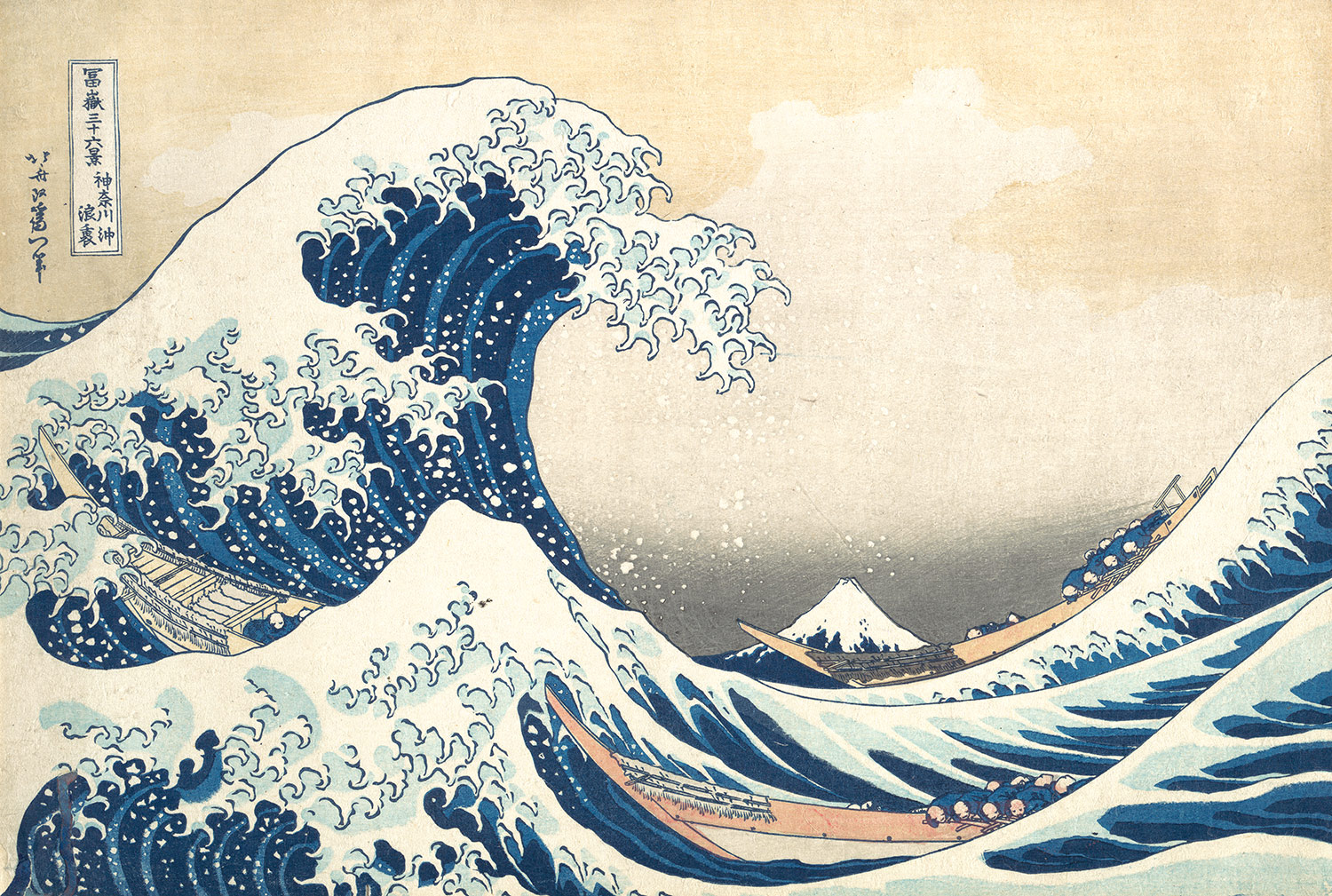After World War II “graphic
designers reinvented the communicative image to express the machine age and
advanced visual ideas” (Meggs, 436). The conceptual age was after World War II,
which developed design for graphic designers since they thought illustration
would be dead due to the emergence and growing popularity of photography. However,
the conceptual age changed this. The poster began to contain ideas and concepts
rather than just narrative information. This made the designer more concerned
with the space of the words and the images. Inspiration came from surrealism,
cubism, expressionism, and pop art. The conceptual age expanded self-expression
for artists to create more personal images, styles and techniques. This age
became popular in Poland, the United States, Germany, and Cuba.
Armando Testa, who
lived from 1917 to 1992, was an Italian graphic designer. He used metaphysical
blends to describe the fundamental truths about the matter. Testa started out
as an abstract painter, and then moved to graphic design after World War II. In
Turin, he created his graphic design studio where he used surrealism language
to combine the images and symbols. For example, in the Pirelli tires add, he
used their recognizable symbols and words to create a poster that had an
international effect on graphic designers (Meggs, 436).
Testa began to create
logos, packaging, posters, and labels. As his name began to become better known,
he grew from his smaller clients to larger ones such as Borsalino hats. He
created the Armando Testa group, which is still an
advertising agency today. One of his most famous designs is the mysterious Caballero, a Mexican
gunslinger. He designed many advertisements including the beer Peroni, Punt e
Mes, and Pirelli tires as mentioned before (mandmglobal.com). In my opinion,
these posters are attractive to look at with spatial qualities that are eye
catching.
This agency began to
flourish with his wife, Lidia, and his associate, Franco de Barberis in 1956.
The Studio Testa began providing specific marketing strategies, media planning
and research (adbrands.net). In 1959, Armando Testa visited the United States
to begin to understand the advertising.
During the 1960s, the advertising agency began to grow rapidly gaining more
and more larger clients (adage.com).
Furthermore,
television adverting started to become popular. Armando Testa embarked on
promoting Lavazza’s Paulista, which was the first Italian coffee distributed
nationally. “Carosello” was a block of advertising in Italy, in 1957, that
featured comic sketches. Testa created Caballera and Carmencita, comic
characters, who were created to promote Lavazza’s Paulista (Armando-testa.eu). To
me, these advertisements really seemed to catch my attention. They are very unique
and get the point across.
The “Carosello” was
soon replaced by the message-intensive spots we have today. Testa still
promoted Lavazza’s Paulista, but he reinvented his campaign. They hired an
Italian actor in 1977 and this was one of the longest-running and most
successful Italian campaigns. Since their advertising became so popular, the
company began to expand and moved a branch to Rome in 1980 and then Milan in
1992 (Armando-testa.eu). Testa’s company won its first Lions award at the Cannes
International Advertising Festival for Lavazza, Sole Bianco Detergent and
Bistfani biscuit campaigns. When Armando Testa retired, in 1985, his son,
Marco, took over (adge.com).
Citations:
"Armando
Testa." Advertising
Age AdAge Encyclopedia RSS. Web.
06 Apr. 2014. <http://adage.com/article/adage-encyclopedia/armando-testa/98902/>.
"Armando Testa
Brussels Group." Armando
Testa. Web. 06 Apr. 2014.
<http://www.armando-testa.eu/>.
"Global Accounts
Centre Tracking Brands, Agencies and Business Wins." Armando Testa Group. Web. 06 Apr. 2014.
<http://www.mandmglobal.com/global-accounts/agency-profiles/armando-testa-group.aspx>.
"Armando Testa :
Marketing and Advertising Profile at Adbrands.net." Web. 06 Apr. 2014.
<http://www.adbrands.net/it/testa_it.htm>.















